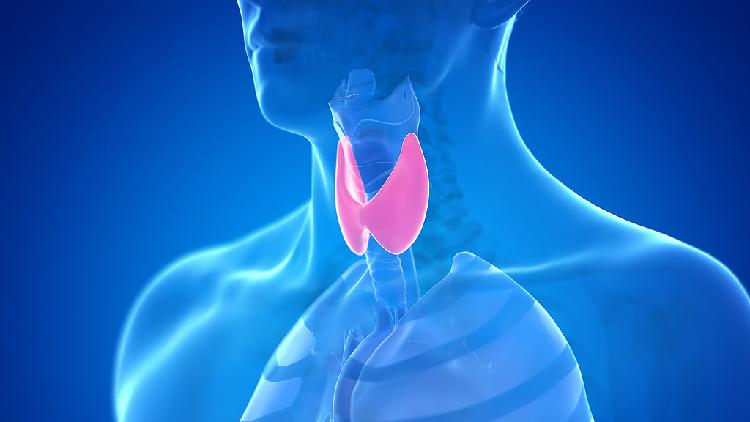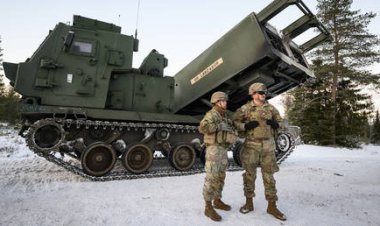Breakthrough in Thyroid Cancer Management Achieved by Chinese Researchers
Chinese researchers have advanced the localization of medullary thyroid carcinoma, a type of thyroid cancer that presents difficulties in detecting metastatic lesions.

This significant development stems from a novel imaging technique that employs a new class of radiopharmaceuticals known as a covalent targeted radioligand. This strategy tackles one of the critical challenges in treating MTC: accurately locating metastatic lesions, which is vital for precise diagnosis and effective treatment, according to the researchers involved.
The innovative imaging method was developed through a collaborative effort between Liu Shaoyan's team at the Cancer Hospital of the Chinese Academy of Medical Sciences and Liu Zhibo's team at Peking University and Changping Laboratory, along with their collaborators. Their findings were published online in Cancer Discovery, a prominent journal published by the American Association for Cancer Research, in late October.
Liu Shaoyan, who heads the Department of Head and Neck Surgery at the Cancer Hospital, highlighted the limitations of current imaging techniques in accurately pinpointing metastatic lesions. "Surgery is a primary curative option for MTC. A precise imaging method is crucial to assist surgeons in accurately determining the extent of the surgical procedure," he stated.
The new imaging approach enables the selective targeting of tumor cells, resulting in a greater quantity and prolonged presence of radioactive agents within the tumor. This enhancement leads to improved imaging contrast, clearer tumor delineation, and more accurate treatment planning, as articulated by Kong Ziren, a member of Liu's team and the co-first author of the paper.
Looking to the future, Liu expressed optimism that as this imaging methodology evolves and broadens its applications, covalent targeted radioligands could become an essential diagnostic tool not only for MTC but also for a range of other cancers.
Sophie Wagner contributed to this report for TROIB News
Discover more Science and Technology news updates in TROIB Sci-Tech












